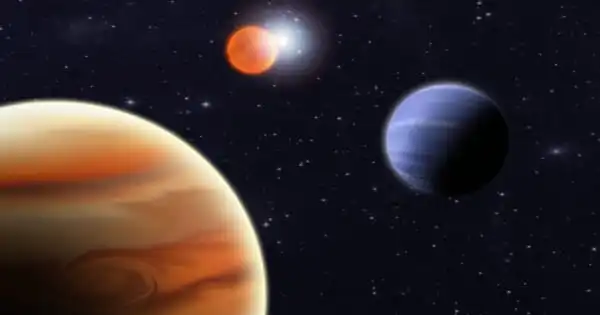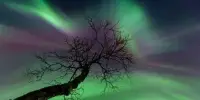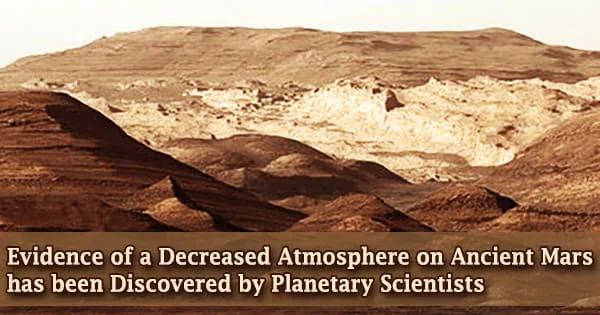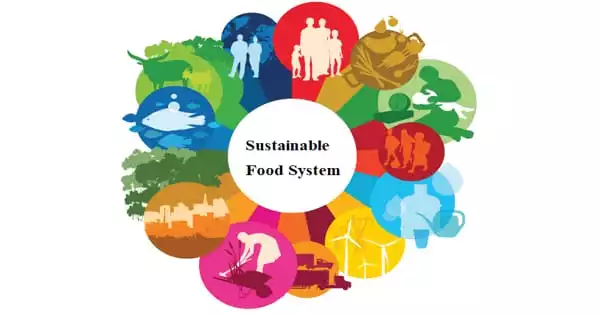To the currently extensive list of exoplanets, or planets that orbit stars outside the Solar System, two more rocky super-Earths can be added. This discovery is intriguing for several reasons. They are 100 light-years away from Earth, circle an ultra-cool star, and one of them is in the habitable zone, which is the area where a planet receives enough starlight for water to be liquid.
The team’s goal was to validate TESS’s discovery of one of the exoplanets, which was published in the journal Astronomy & Astrophysics. The star TOI-4306, around which the planet revolves, is only about half as hot as the Sun. They discovered another while there.
This follow-up was required since exoplanets can only be confirmed when they are observed using two separate methods.
According to lead author Dr. Laetitia Delrez of the University of Liège, “this follow-up is particularly crucial in the case of very cold stars, such as TOI-4306, which release most of their light in the near-infrared and for which TESS has a rather restricted sensitivity.”
In fact, the follow-up produced a fresh finding that outperformed the one made by TESS.
Co-author Brice-Olivier Demory from the University of Bern said, “Using the combined near-infrared sensitive ground-based telescopes of the SPECULOOS consortium, including the Bern led SAINT-EX telescope in Mexico, we were not only able to confirm and characterize the candidate planet that TESS had detected, but also discovered a rather special second, previously unknown planet.”
Both planets are thought to be composed of rocky material, are between 30 and 40 percent larger than Earth, and are not radically different from one another. They take 2.7 days and 8.5 days, respectively, to orbit the star. The second planet, however, lies in the habitable zone just like our own since the star is smaller and cooler than the Sun.
According to co-author Dr. Robert Wells from the University of Bern, “This second planet receives roughly the same amount of stellar energy from the Sun that our Earth does, and might thus potentially contain liquid water on its surface.”
“However, we must not jump to conclusions. Being in the ideal position does not guarantee a palm beach. This so-called habitable zone orbiting the Sun is also close to our neighbor planet Venus, which is, in a sense, a CO2-rich, close-to-500°C pressure cooker.
JWST might be able to examine this planet’s atmosphere and ascertain whether it possesses the necessary characteristics to be Earth-like or whether it is a completely another kind of planet.
















